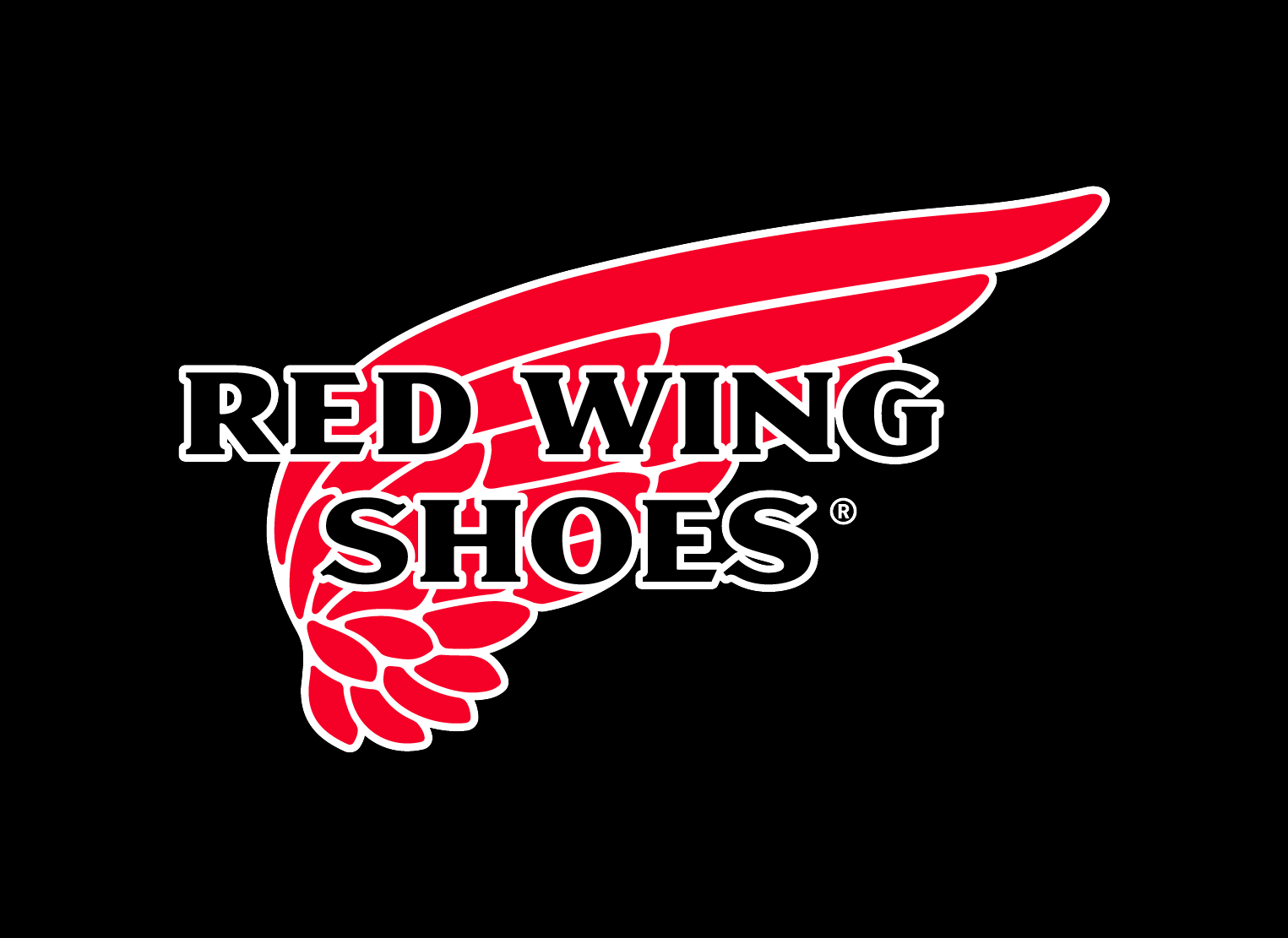

After the war, the Munson remained a top seller and influenced other popular shoe designs for over 50 years. Army Last, designed to "fit all feet" with maximum comfort and durability. Red Wing began fulfilling military needs with the onset of World War I, manufacturing in 1918 the regulation Munson U.S. Numerous other shoe designs ensured the company's continued success. Then in 1912, the company added the black and brown "Chief" line, commonly known as "the farmer's shoe." In addition to the traditional welt construction of earlier farming shoes, the Chief featured specially tanned, manure-proof leather for longer durability. Continued demand justified the construction of a four-story factory with a daily output of 450 pairs, four times the 1906 capacity.

The enhanced comfort and durability of the shoes particularly appealed to farmers, Red Wing's primary customers at the time. In 1908, the brand offered welt-constructed shoes featuring a leather strip attached to the shoe upper and sewn into the sole. Red Wing innovation in its early years reflected efforts to shod diverse markets. Red Wing tailored its shoes to the demands of specific customer groups, offering a wide range of shoe sizes and widths to ensure fit, and a constantly growing line of specialized products with different capabilities. The brand's steady growth stemmed from the booming industries of farming, logging, mining, blacksmithing, and railroading that represented largely untapped footwear markets. The young company initially manufactured 110 pairs of shoes per ten-hour day. Red Wing traces its history to 1905, when German immigrant Charles Beckman closed his retail shoe store and organized the Red Wing Shoe Company with 14 other investors. About 15 percent of overall revenues were generated from sales outside the United States, in more than 100 countries worldwide. market, this network included about 400 Red Wing Shoe Stores (of which about 160 were company owned). By the end of the 1990s, Red Wing sold more than three million pairs of shoes and boots per year, through a worldwide network of more than 4,200 dealers.

Sweasy, and a new generation of management, the company's emphasis shifted from "work shoes" to "shoes for work," a slight semantic change that underscored the company's new commitment to innovative lines of lighter, more comfortable footwear developed to accommodate new work-oriented and recreational needs. Under the direction of a new president, William J. workers moved increasingly out of industrial and agricultural sectors into service related jobs, the company's scope changed.

Until the 1970s, Red Wing's reputation rested primarily on a wide variety of footwear marketed as "work shoes," emphasizing their practical applications in the workplace. The Sweasy family of Red Wing, Minnesota, solely own Red Wing Shoe. The company's brands include Red Wing, Irish Setter, Vasque, and WORX. manufactures durable and comfortable footwear tailored to the needs of specific occupational and recreational activities, from farming to hunting and hiking.


 0 kommentar(er)
0 kommentar(er)
